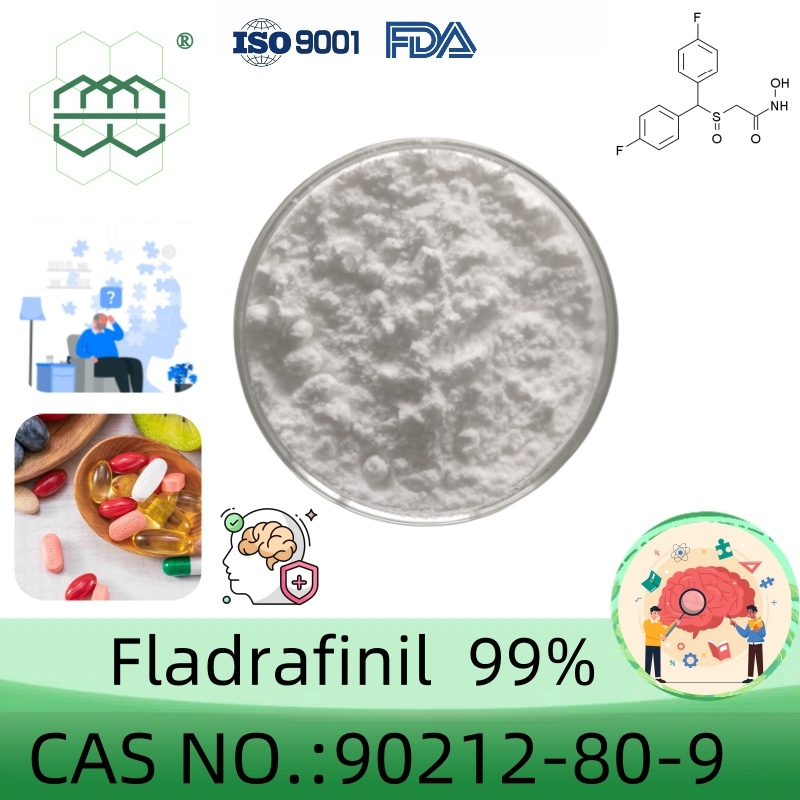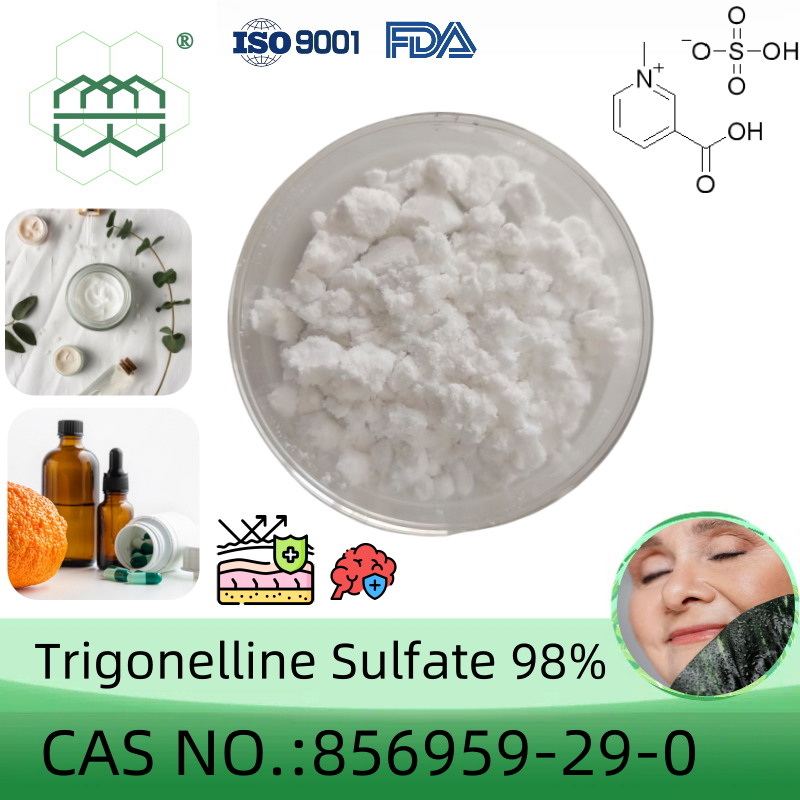-
Categories
-
Pharmaceutical Intermediates
-
Active Pharmaceutical Ingredients
-
Food Additives
- Industrial Coatings
- Agrochemicals
- Dyes and Pigments
- Surfactant
- Flavors and Fragrances
- Chemical Reagents
- Catalyst and Auxiliary
- Natural Products
- Inorganic Chemistry
-
Organic Chemistry
-
Biochemical Engineering
- Analytical Chemistry
-
Cosmetic Ingredient
- Water Treatment Chemical
-
Pharmaceutical Intermediates
Promotion
ECHEMI Mall
Wholesale
Weekly Price
Exhibition
News
-
Trade Service
Preservatives refer to substances
Generally speaking, a certain preservative only has a killing or inhibiting effect on a specific colony, and it is necessary to conduct a compound study
Broaden the antimicrobial spectrum A preservative works well for some microorganisms but poorly on others, while another preservative is just the opposite
Improving the effect Of the two preservatives with different mechanisms of bactericidal action, the effect is often not a simple superposition, but a multiplicative effect, usually in the case of reducing the amount of use, but still maintain sufficient bactericidal efficacy
Anti-secondary pollution Some preservatives have a good killing effect on mold and rot microorganisms, but the inhibition is limited, while the killing effect of another type of preservative is not large, but the inhibition effect is significant, and the two are mixed, which can ensure the quality of storage and shelves, and prevent repeated pollution
Improve safety Of a single use of preservatives, sometimes to achieve antiseptic effect, the amount of use needs to exceed the specified allowable amount, if a variety of preservatives are mixed under the allowable amount, both to achieve the purpose of prevention and control, but also to ensure the safety of
Preventing the development of resistance If a microorganism is prone to develop resistance to one preservative, the chance that it will become resistant to both or more preservatives at the same time is naturally much more
Compatibility refers to the process in which preservatives can interact with the components of the contents, packaging materials, specific substances, etc.
For example, some constituent materials in the product (carbohydrates, metal oxides, cellulose, etc.
(Source: Food R&D & Production)
China Food News (06/09/2022)
(Editor-in-charge: Yang Xiaojing)







